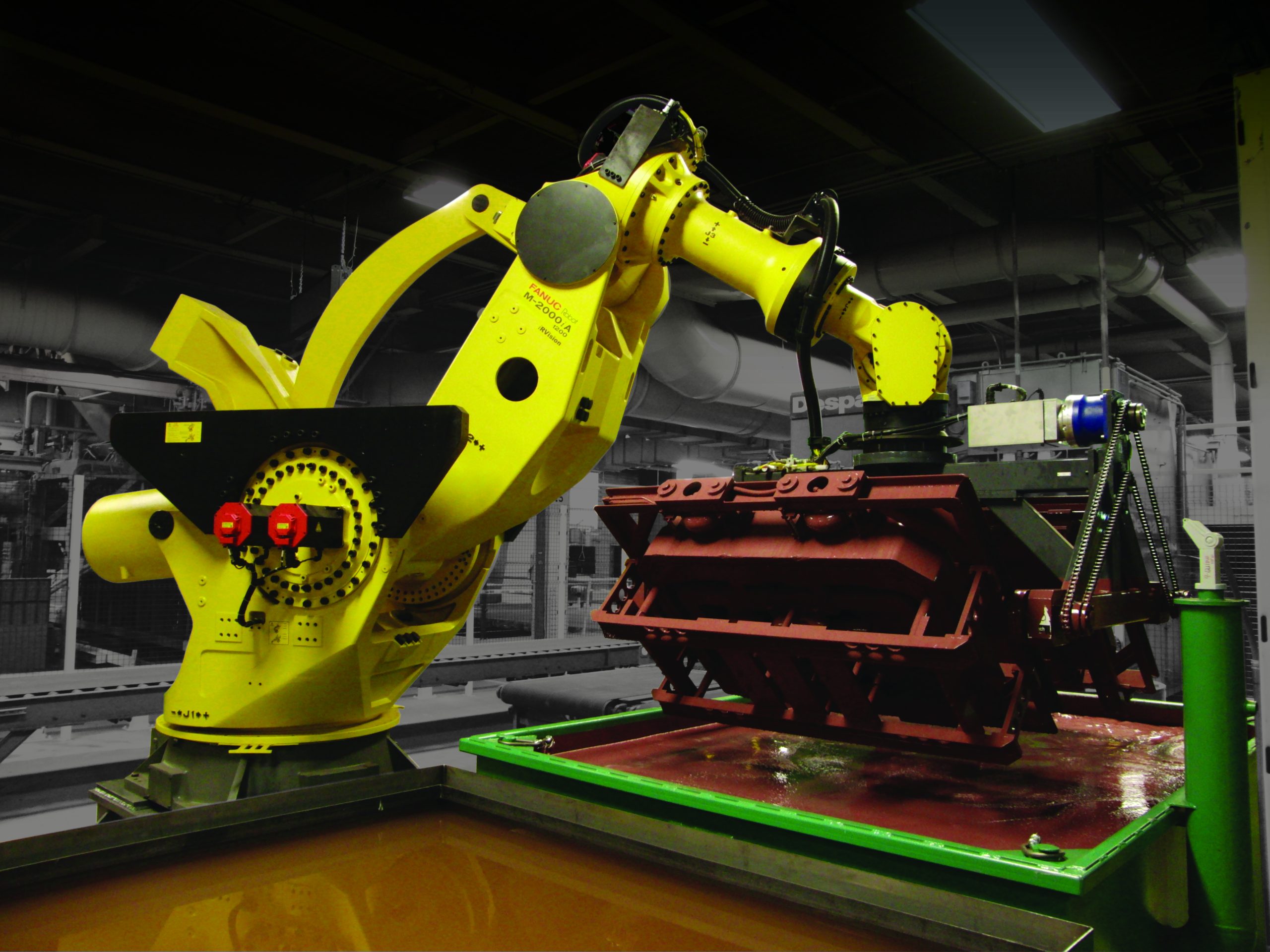In today’s rapidly evolving manufacturing landscape, industrial robots and robotic manufacturing have emerged as key drivers of innovation and efficiency. Industrial robotics has transformed manufacturing, providing businesses with a range of advantages that include improved efficiency, quality, and competitiveness. With the need for automated solutions grows manufacturing robots play an ever-growing role in shaping the future of manufacturing.

Manufacturing robots, sometimes referred to as industrial robots, are specialized machines designed to perform different jobs within the manufacturing environment. They can be used for welding, painting, assembly, picking and placing, packaging and other things. Industrial robotics, which is the area of study and applications of these robots concentrates on improving efficiency and precision in manufacturing operations.
One of the companies at the forefront of this revolution is Automated Solutions Australia (ASA) which is a specialist in creating industrial robots and systems that offer flexible automation solutions for manufacturing customers. The industrial robots ASA offers help to clients gain an edge in the market through boosting productivity and quality. ASA industrial robotics are highly sought after by companies across a variety of industries like pharmaceuticals, electronics, and automotive.
Benefits of industrial robots can be numerous. The improvement of efficiency and productivity is one of the primary advantages. Industrial robots can perform repetitive tasks with accuracy and consistency, leading to more efficient output rates and shorter cycle times. This increases productivity overall and allows companies to quickly keep up with consumer demand.
Industrial robots also help in higher quality control throughout manufacturing processes. Because they can perform tasks with precision and resiliency, they limit the error margin and produce better-quality products. This in turn increases customer satisfaction and improves the reputation of a company for providing high-quality goods.
In addition to efficiency and high-quality, industrial robots also provide cost-saving benefits. While the initial investment in manufacturing robots may appear to be substantial, the long-term cost savings are substantial. By streamlining production processes and decreasing the need to use manual labor, businesses can cut operational costs and get a fast return on investment. Additionally, industrial robots are available 24/7 to maximize the utilization of resources while reduce production costs.
Industrial robots’ impact on the work environment is another compelling benefit. These robots produce low levels of noise, which create an environment that is quieter and more comfortable for workers. Furthermore, their precision and speed contribute to creating a safer work environment by reducing the chance of injuries and accidents that are associated with manual labor.
Integration of industrial robots is essential to the future of employment and job creation. Although there could be some concerns about automation displacing human workers but the truth is that industrial robots create new opportunities to work. This includes positions in robotic programming, maintenance, oversight and control, as well as the creation of new technology for supporting robot manufacturing.
In the various industries, businesses continue to benefit from industrial robots, and manufacturing continues to adopt this technology, it is rapidly changing the manufacturing industry. Its capabilities to enhance efficiency effectiveness, quality, and price, industrial robotics is reshaping the process of manufacturing products and setting new standards for excellence in the industry.
Conclusion: The growth of industrial robotics and manufacturing robots is an evolution in the industry of manufacturing. The integration of these cutting-edge technologies can help businesses reach new levels of effectiveness in terms of precision, efficiency, and efficiency. Industrial robots will play a key function as the need for automation increases. They can help shape the future of manufacturing and propel forward the development of technology.